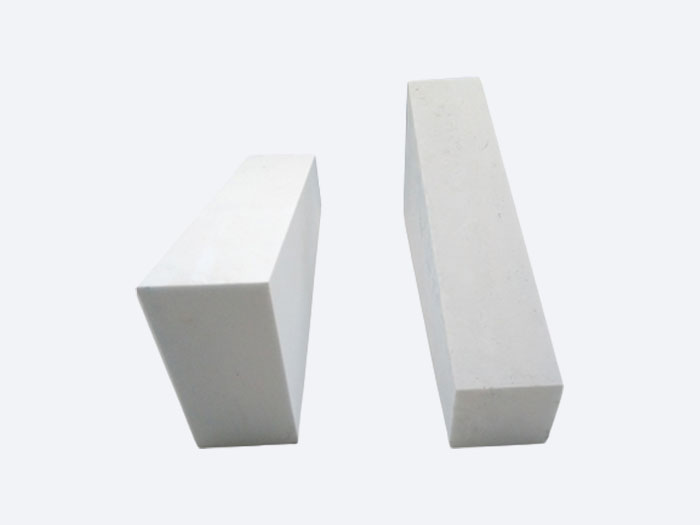Corundum mullite bricks, known for their exceptional properties and composition of corundum and mullite, are widely recognized as high-alumina refractory bricks. These bricks are fabricated from high-purity or relatively pure raw materials, ensuring their remarkable heat resistance and durability. However, it is crucial to address the impact of low-melting-point oxide impurities on their high-temperature performance. Notably, corundum mullite bricks are more expensive compared to ordinary high-alumina bricks due to their superior physical and chemical characteristics.
The distinguishing features of corundum mullite bricks contribute to their widespread usage and demand in the refractory industry. Firstly, their dense structure and high compressive strength make them highly resistant to various corrosive gases. Moreover, their excellent thermal shock stability ensures they can withstand extreme temperature differentials without cracking or compromising their integrity. Additionally, their impressive thermal conductivity and resistance to wear provide longevity and reliability in demanding industrial applications.
Corundum mullite bricks are favored for their versatility and adaptability in diverse environments. They are ideal for direct exposure to flames, as they effectively resist spalling and maintain their integrity under high-temperature conditions. Consequently, these bricks are commonly employed as insulation linings in high-temperature industrial furnaces and as working layers in a variety of high-temperature kilns. The petrochemical industry extensively relies on corundum mullite bricks, particularly in large-scale ammonia gasification furnaces and gas furnaces used for magnetic materials. Furthermore, these bricks find application in high-temperature industrial kiln facilities, supporting the efficient operations of various industries.
The crystal structure of corundum mullite bricks is key to their exceptional performance. The corundum crystals, shaped like short columns or barrels, maintain a non-interpenetrating, non-interlocking arrangement within the refractory structure. Mullite crystals, embedded in a staggered columnar form between the corundum crystals, effectively prevent the slip of corundum crystals and provide structural stability. The resulting crystal structure enhances the material’s stability and enables the synergistic benefits of mullite and corundum, such as their high melting points. With mullite’s melting point at 1870°C and corundum’s at 2050°C, the co-melting temperature of 1840°C further improves the high-temperature performance of corundum mullite bricks.
The refractory industry recognizes the immense value of mullite bricks, mullite-corundum bricks, and corundum mullite bricks due to their exceptional properties. These bricks find extensive usage in high-temperature applications across multiple sectors. Industries such as metallurgy, building materials, petroleum, chemicals, ceramics, glass, enamel, carbon black, non-ferrous metals, and refractory materials greatly benefit from their high strength, resistance to extreme temperatures, excellent erosion resistance, and chemical stability.
In conclusion, corundum mullite bricks have gained prominence in the refractory industry due to their outstanding properties and compositional characteristics. With their widespread applications and ability to meet the rigorous demands of high-temperature environments, these bricks continue to play a crucial role in supporting the growth and efficiency of various industrial sectors.

